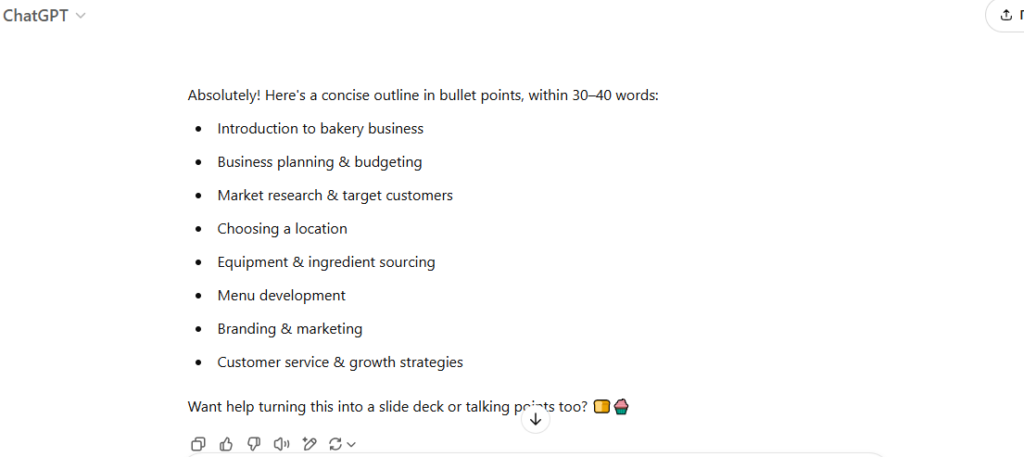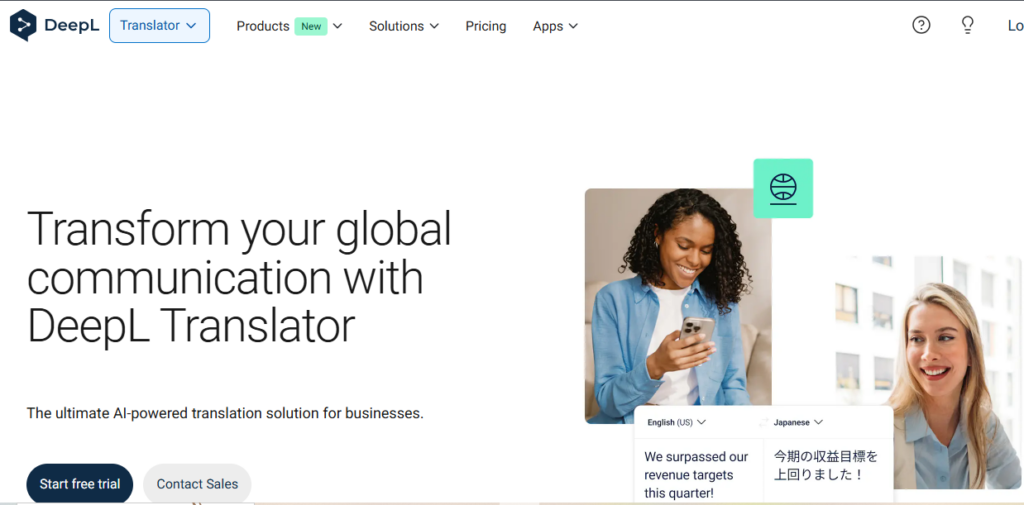Imagine you have an important presentation to prepare, but you’re short of time. You’ve heard about AI tools that promise to handle everything — from drafting your script to designing stunning slides. But can you really trust AI to create an entire presentation from start to finish?
The answer is both yes and no. While AI is an incredibly powerful assistant, human input remains essential in key areas.
Let’s explore where AI excels and where human involvement makes all the difference.
Where AI Tools Shine
AI-powered tools have revolutionized the way presentations are created. Here are some areas where AI can be especially helpful:
1. Designing Beautiful Slides
Creating visually appealing slides can be time-consuming. AI-powered tools like Wonderslide, Canva, Beautiful.ai, and PowerPoint’s Designer feature can automatically generate polished and professional-looking slides with minimal effort. These tools suggest color schemes, layouts, and even graphics that enhance your presentation’s visual appeal.
For example, Wonderslide offers clients from any industry and business area spectacular opportunities for beautiful customized slides.

2. Writing a Script
Crafting a compelling narrative is essential for any presentation. AI tools like ChatGPT, Jasper, and Copy.ai can generate well-structured scripts based on the topic you provide. They can help organize ideas, suggest key points, and even adjust the tone of the content to fit your audience.
Here’s an example: You need to craft a presentation about opening a bakery, and your target audience is aspiring entrepreneurs. First, you request ChatGPT to generate an outline for the presentation, and the outcome is comprehensive and concise.

Afterward, you may proceed with turning the outline into a slide deck.
3. Generating Images and Visuals
AI can also help generate visuals tailored to your presentation. Tools like DALL·E, Midjourney, and Deep Dream Generator create unique images based on text descriptions, helping you avoid generic stock photos.
For example, for an auto company presentation, you want to create an image of a specific model of your company car on a dusty desert road with a lake in the distance. The outcome generated by an AI tool (here Midjourney) will be exactly as you requested.

4. Translating and Localizing Content
Need to present to an international audience? AI translation tools, such as DeepL and Google Translate, can help translate your content accurately, making it more accessible to diverse audiences.
DeepL, for example, translates content into over 30 languages, ensuring you reach a global audience. It also provides customization: it uses glossaries to maintain your company’s unique terminology, ensuring consistent and accurate translations.

5. Voiceovers and AI Presenters
For video-based presentations, AI can even generate voiceovers. Tools like Murf, Synthesia, and Speechelo provide realistic AI-generated voices, allowing you to create narrated slideshows without recording your own voice.
Below, you can see numerous services that such tools offer (in this case, Speechelo), including generating voice from text, offering different tones: normal, joyful, and serious, and more.
Where Human Input Is Essential
While AI can handle many tasks, there are critical areas where human involvement remains irreplaceable:
1. Fact-checking and Data Accuracy
AI-generated content can sometimes include errors or outdated information. Before presenting AI-generated material, it’s crucial to verify data, statistics, and references to ensure accuracy.
2. Adding Emotional Connection and Storytelling
A great presentation isn’t just about delivering information — it’s about making an emotional connection. While AI can suggest general storytelling structures, personal stories, humor, and real-life experiences are best added by a human.
3. Dealing with Subtle Context Variations
AI struggles with nuanced topics, sarcasm, and complex cultural references. Human speakers can adjust messaging in real time based on the audience’s reactions and engagement, something, AI is not capable of.
4. Customizing for a Specific Audience
While AI can generate presentations, targeting certain groups, humans must fine-tune them based on the nuanced needs and preferences of the audience. This includes adjusting tone, emphasis, and delivery style.
Final Thoughts
So, can you trust AI to create a presentation from start to finish? The answer is: in part.
AI tools are fantastic for automating tasks like scriptwriting, slide design, and content generation, making the process fast and efficient. However, human oversight is still necessary to ensure accuracy, emotional depth, and personalization.
The best approach is a hybrid one — leveraging AI to handle the heavy lifting while adding your personal touch to make the presentation truly impactful.
Next time you need to create a presentation, consider using AI as a powerful assistant, but don’t forget the value of human creativity and intuition!